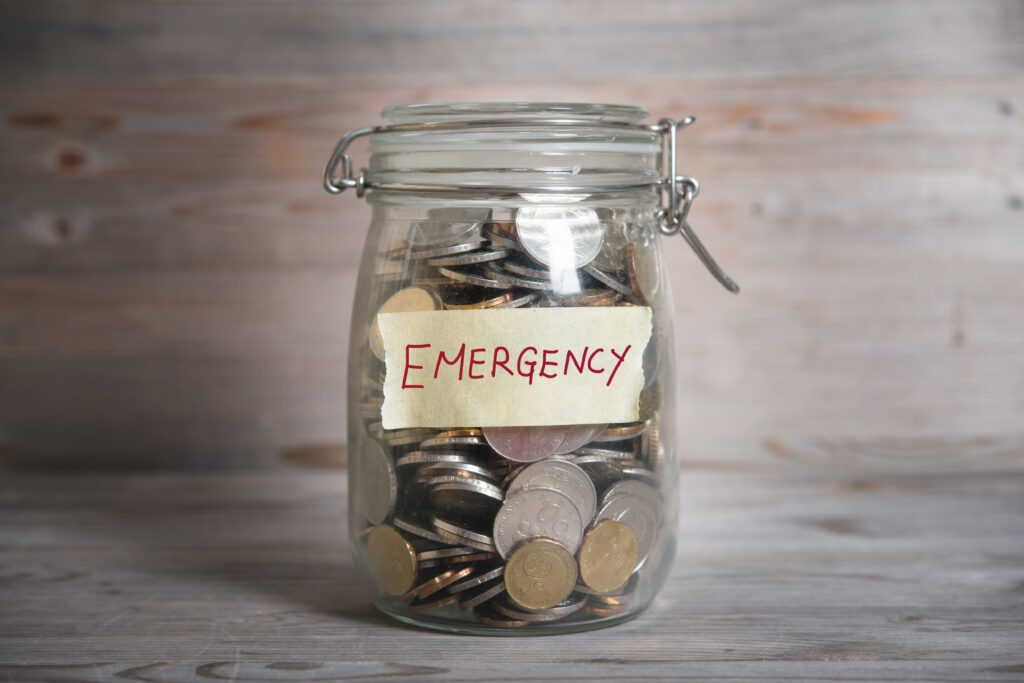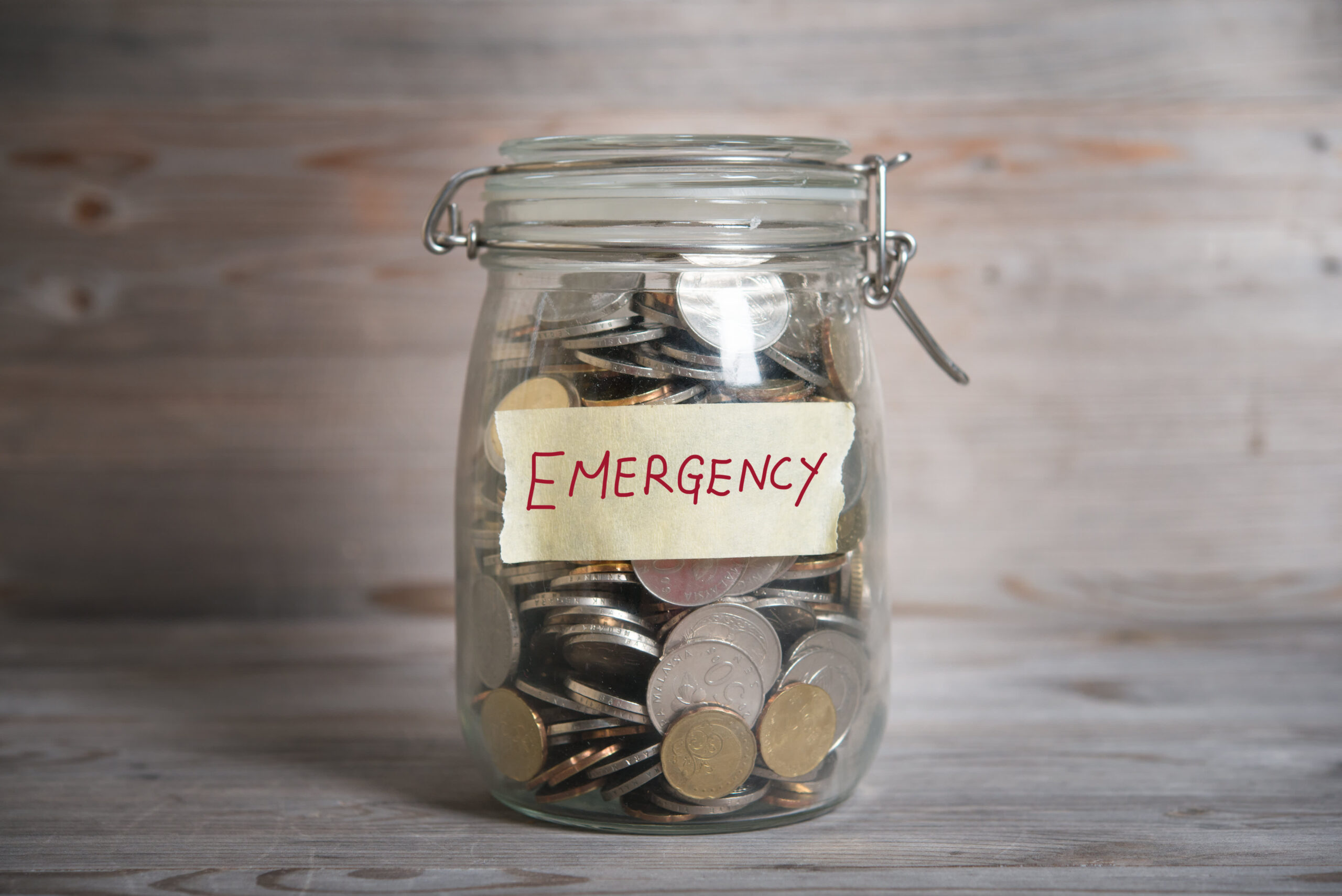In the unpredictable landscape of personal finance, an emergency fund stands as a crucial pillar of financial stability. This financial safety net can make the difference between weathering unexpected storms with confidence and falling into a spiral of debt and stress. Let’s explore why an emergency fund is so vital and how you can effectively build one.

What is an Emergency Fund?
An emergency fund is a dedicated savings account set aside to cover unexpected expenses or financial emergencies. It’s meant to be easily accessible and liquid, providing a buffer against life’s unforeseen challenges without resorting to high-interest debt or disrupting long-term financial goals.
The Importance of this
Financial Safety Net
An emergency fund acts as a financial cushion, protecting you from the impact of sudden expenses or loss of income. It provides peace of mind, knowing you’re prepared for unexpected events.
Avoiding Debt
Without it, many people turn to credit cards or loans to cover unexpected costs. This can lead to a cycle of debt that’s hard to escape. An emergency fund helps you avoid this trap.
Maintaining Financial Goals
When emergencies arise, they often derail long-term financial plans. It allows you to handle these situations without compromising your other financial objectives.
Reducing Stress
Financial emergencies are stressful enough. Having a dedicated fund to handle these situations can significantly reduce anxiety and provide a sense of control.
How Much Should You Save?
The general rule of thumb is to save 3-6 months of living expenses. However, this can vary based on individual circumstances:
- Job Stability: Those with less stable income might aim for 6-12 months of expenses.
- Family Size: Larger families might need a bigger cushion.
- Health Considerations: Individuals with chronic health issues might want to save more.
Steps to Build Your Emergency Fund
- Start Small
Begin with a modest goal, like $500 or $1,000. This initial target can provide motivation and a sense of accomplishment. - Automate Your Savings
Set up automatic transfers from your checking to your fund. This “pay yourself first” approach ensures consistent saving. - Cut Unnecessary Expenses
Review your budget and identify areas where you can reduce spending. Redirect these savings to your emergency fund. - Use Windfalls Wisely
Allocate tax refunds, bonuses, or gifts towards your emergency fund to accelerate its growth. - Increase Income
Consider part-time work or freelancing to boost your income and funnel extra earnings into your fund. - Save Change and Small Bills
Use a physical jar or digital app to save loose change and small bills. These small amounts can add up over time.
Where to Keep Your Emergency Fund
Accessibility is key for it. Consider these options:
High-Yield Savings Account: Offers better interest rates than traditional savings accounts while maintaining liquidity.
Money Market Account: Provides slightly higher interest rates and limited check-writing abilities.
Short-Term Certificates of Deposit (CDs): Can offer higher interest rates, but be mindful of early withdrawal penalties.
When to Use Your Emergency Fund
It’s crucial to define what constitutes an emergency to avoid dipping into the fund unnecessarily. True emergencies might include:
- Job loss or significant income reduction
- Unexpected medical expenses
- Major home or car repairs
- Unplanned travel for family emergencies
Replenishing your fund
After using your fund , make it a priority to replenish it. Adjust your budget temporarily to redirect more funds towards rebuilding your safety net.
Common Mistakes to Avoid
- Keeping funds in a checking account where they might be spent
- Investing emergency funds in volatile markets
- Setting unrealistic savings goals that lead to discouragement
- Neglecting to adjust the fund size as life circumstances change
Conclusion
An emergency fund is a fundamental component of a solid financial foundation. It provides security, peace of mind, and the flexibility to handle life’s unexpected challenges without derailing your financial progress.
By starting small, staying consistent, and making smart choices about saving and fund allocation, you can build an emergency fund that serves as a powerful tool in your financial arsenal.
Remember, the journey to financial security is a marathon, not a sprint. Every dollar saved brings you closer to your goal of financial stability and peace of mind. Start building your emergency fund today, and take a significant step towards a more secure financial future.







